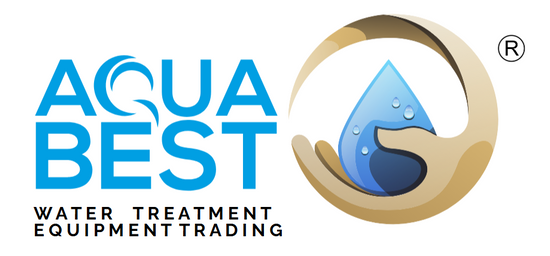Aqua Water Filter in Dubai UAE AE
The Aqua Water Filter comes with a handy faucet adapter for easy installation for both your drinking and cooking water. The filter reduces chlorine, bad taste and odor, lead, asbestos and other sediments. The Aqua Water Filter reduces chlorine and other bad tastes and odors. The filter effectively reduces contaminants in drinking water, resulting in…

